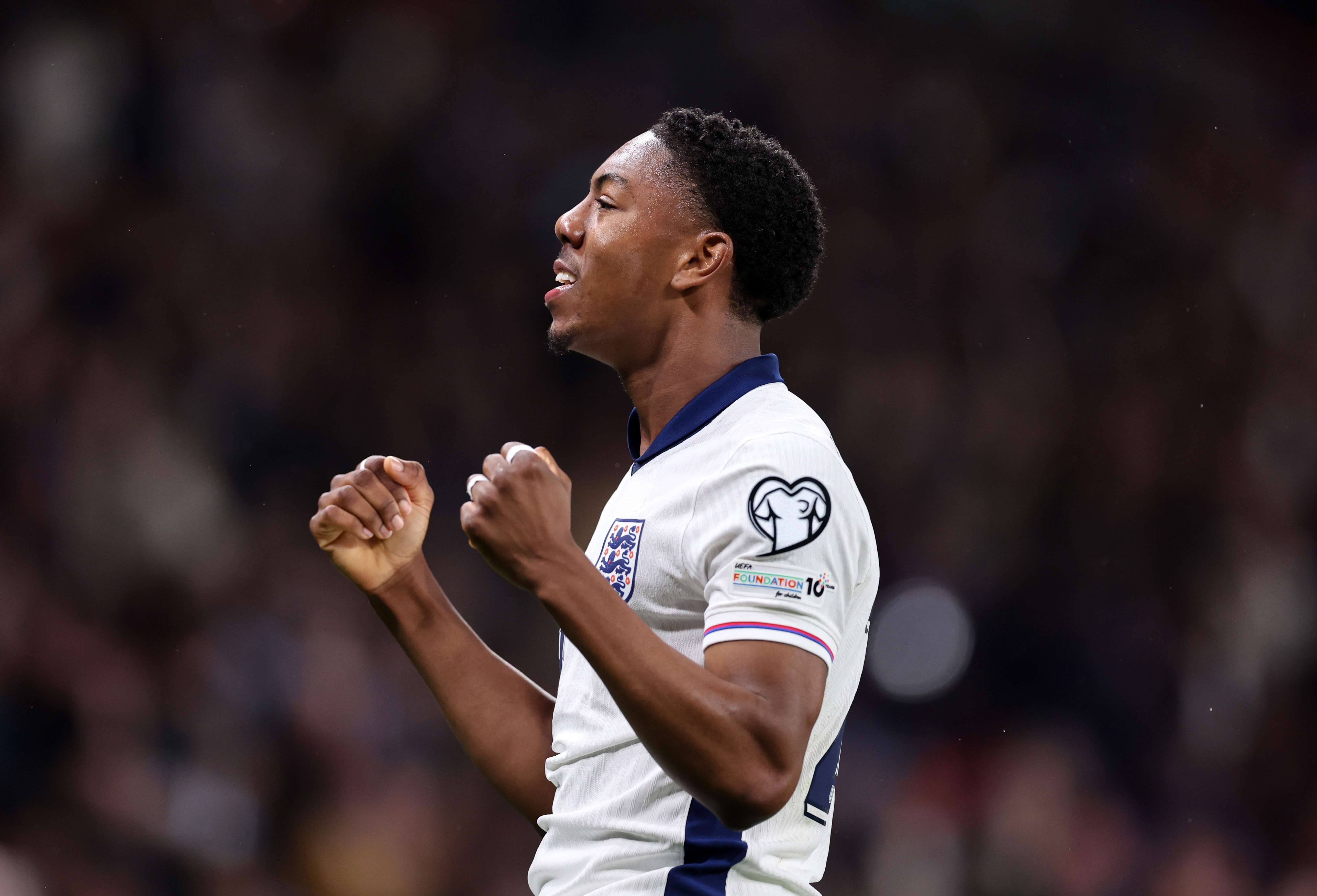Luis Enrique at Roma: why there'll be no frosty reception despite struggles
Michael Cox examines the Barcelona coach's forgettable spell at Roma ahead of the two sides' Champions League clash...
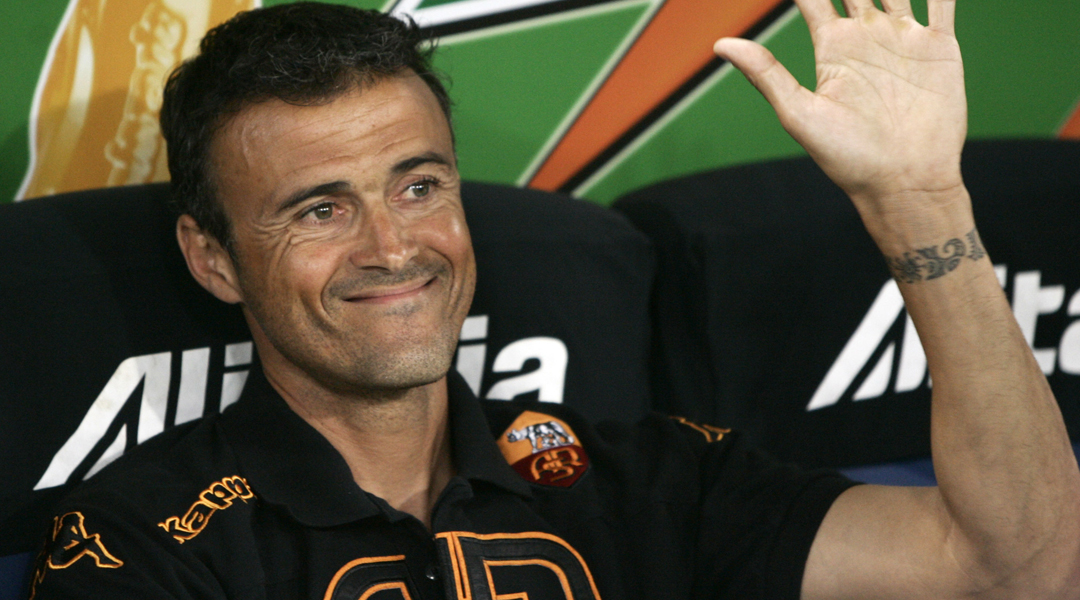
Barcelona’s hosting of Roma in the Champions League on Tuesday night is given extra spice by the return of Luis Enrique to club he coached in 2011/12. In truth, Enrique will receive neither a rapturous ovation nor a chorus of boos from the Giallorossi support – his experience in Italy was a mixed bag, with his intentions clear but results somewhat underwhelming.
Just as Barcelona produce a particular type of player, perfect for them but not entirely adaptable to other systems, Enrique was the equivalent as coach. He succeeded Pep Guardiola as manager of Barcelona’s B side in 2008, and was clearly being groomed to be his replacement at senior level too. Indeed, when Guardiola nearly quit at the end of 2010/11, Enrique might have succeeded him.
The reason we chose Enrique is symbolic. He represents an idea of football that we would like to follow, which imposes itself today through Spain and Barcelona
Instead, he felt a fourth year with a reserve team meant stagnation, and therefore accepted an offer to go to Roma, his first senior coaching position. The problem for the capital club was that Enrique clearly saw this as extra training for his future job as Barça coach, rather than necessarily doing what was best for Roma. He essentially transferred the Catalan template onto his new club, which suited them in some ways and caused problems elsewhere.
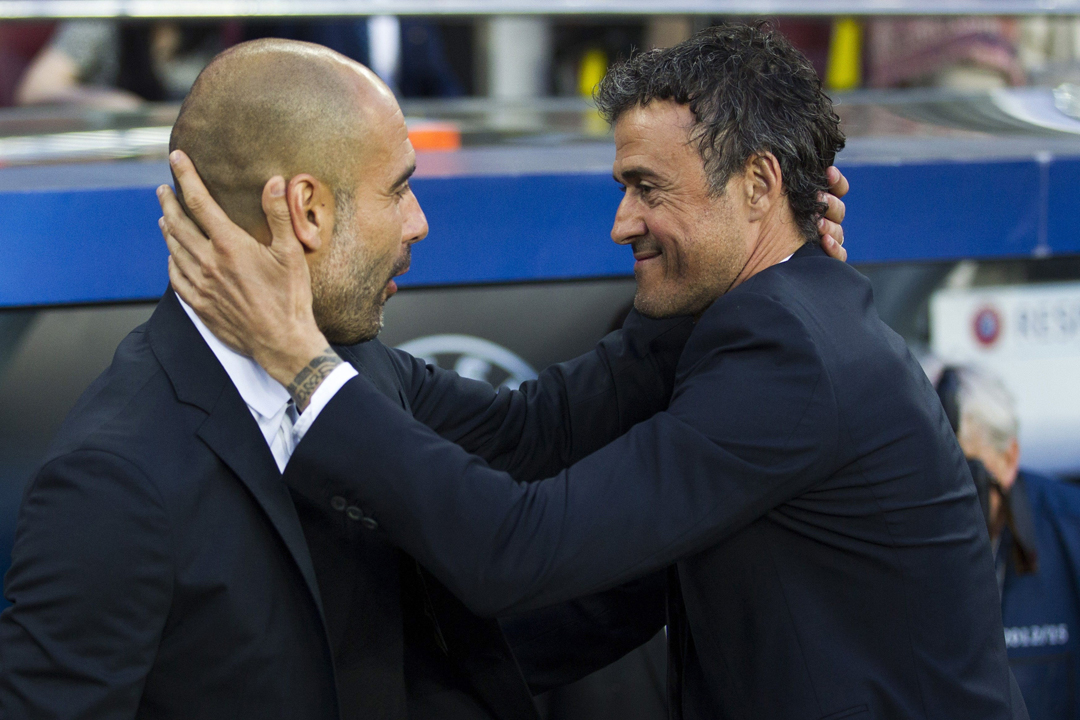
BarçaRoma
It’s worth remembering that, in 2011, Barçamania was at its peak, coming a couple of months after their European Cup success and a year after Spain won the World Cup. Possession football became the default approach of top teams, and everyone wanted someone like Enrique.
“The reason we chose Enrique is symbolic,” said Walter Sabatini, Roma’s director of football. “Enrique represents an idea of football that we would like to follow, which imposes itself today through Spain and Barcelona.” Even Sabatini, however, might have been surprised at how much Enrique copied his former club, inevitably leading newspapers to dub the side ‘BarçaRoma’.
There was no equivalent of Andres Iniesta, who quickens Barca’s tempo
Roma averaged 57.5% possession in Serie A that season, second only to Juventus. However, in a league where teams are less concerned with ball dominance compared to La Liga, many teams stood off and were happy for Roma to retain the ball in midfield, especially when the passing was slow. There was no equivalent of Andres Iniesta, for example, who quickens Barça’s tempo.
Get FourFourTwo Newsletter
The best features, fun and footballing quizzes, straight to your inbox every week.
The Spanish-style positioning of key players worked well. You can’t attempt to replicate the Lionel Messi and Sergio Busquets roles without players boasting similar levels of technical ability, and Enrique was fortunate he had Francesco Totti as his false nine, and Daniele De Rossi as his defensive midfielder.
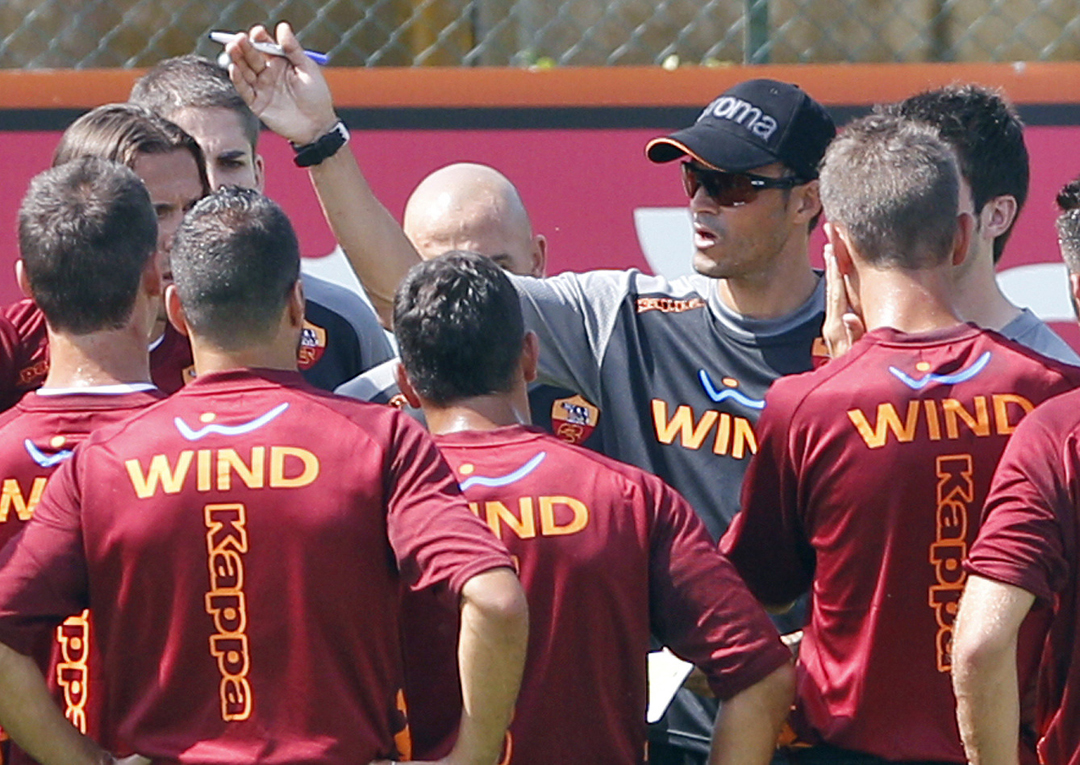
The former came deep and orchestrated play, while De Rossi could drop into the backline and therefore allow the full-backs to push on. Rodrigo Taddei, formerly a winger, was often deployed at right-back to help mimic Dani Alves’s attack-minded style.
Positions, people
What was very much lacking from Luis Enrique’s Roma, compared to Guardiola’s Barcelona, was dynamic positioning – with and without the ball. With the ball, Guardiola’s team opened up opponents so effectively because team-mates understood one another’s runs instinctively – when one drifted away from his zone to create space, the other would charge into it.
Roma didn’t have this, with Erik Lamela and Dani Osvaldo too individualistic to play these roles perfectly. Inevitably, ex-Barça man Bojan Krkic understood the system, but didn’t have the end product.
What was very much lacking from Luis Enrique’s Roma, compared to Guardiola’s Barcelona, was dynamic positioning
The pressing was also disappointing. This seems more difficult to implement in Italian football, where there’s more of a culture to stand off and keep compact in a deep shape, and Roma were surprisingly passive in big games. It was ironic that the Italians eventually replaced Luis Enrique with Zdenek Zeman, a man most famous for his extraordinarily aggressive pressing tactics.
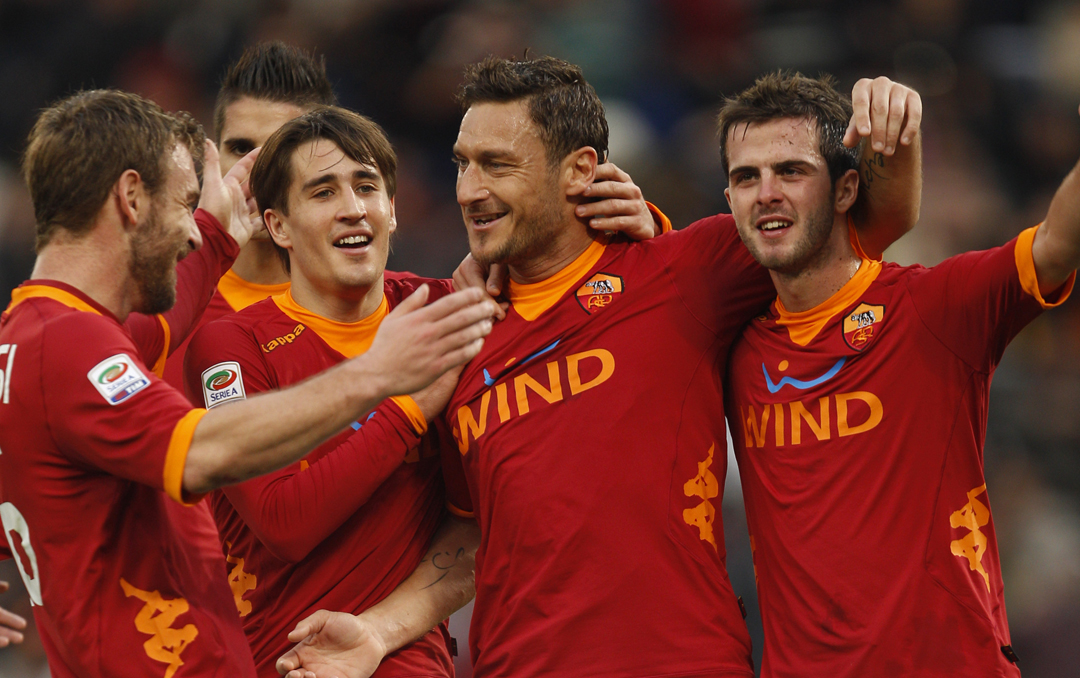
In the blood
However, it’s worth remembering that these two concepts – integrated movement and, in particular, intense pressing became much more obvious in Guardiola’s second and third seasons at Barcelona. Changing the mentality of a club is a very difficult task, and whereas Guardiola took charge of a team who already played with the right DNA, Enrique had to overhaul a completely different regime. With the benefit of a second season, perhaps we would have seen more of these concepts played fluently.
Ultimately it probably worked out better for the Spaniard, who gained valuable experience from the period, rather than the club itself
Ultimately, seventh place was a disappointing finish for Luis Enrique’s Roma – their worst in the last decade, although they finished sixth in the two seasons either side, suggesting this wasn’t a particularly talented squad at the time.
Ultimately it probably worked out better for the Spaniard, who gained valuable experience from the period, rather than the club itself. Nevertheless, with Luis Enrique now a treble-winner and Roma flying high under Rudi Garcia, both are now in much better shape – and therefore a low-key, polite reception for the coach seems appropriate.
Barcelona vs Roma LIVE ANALYSIS with Stats Zone
